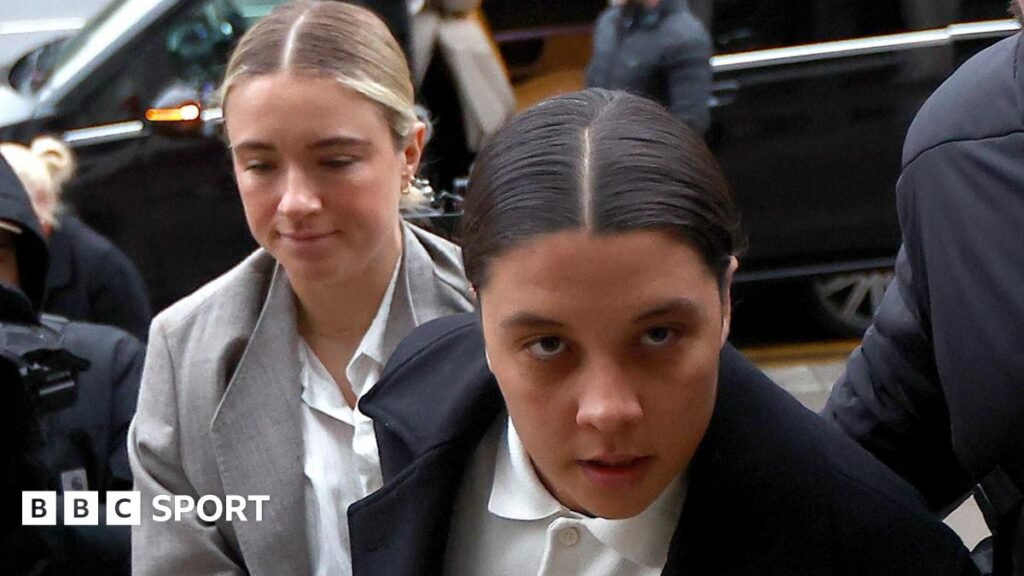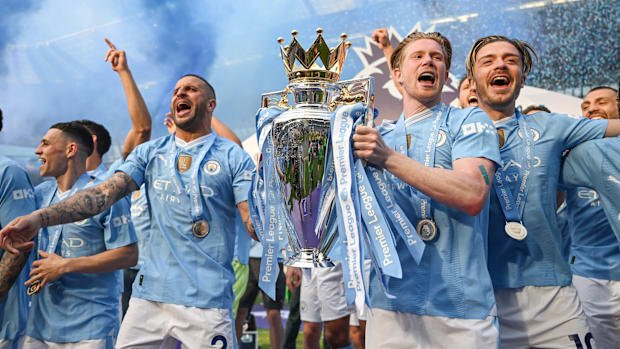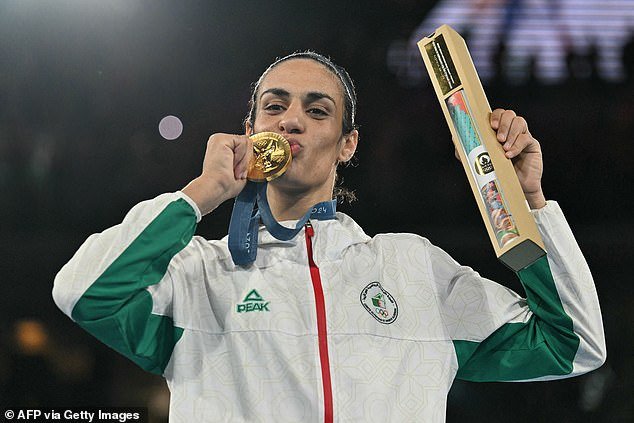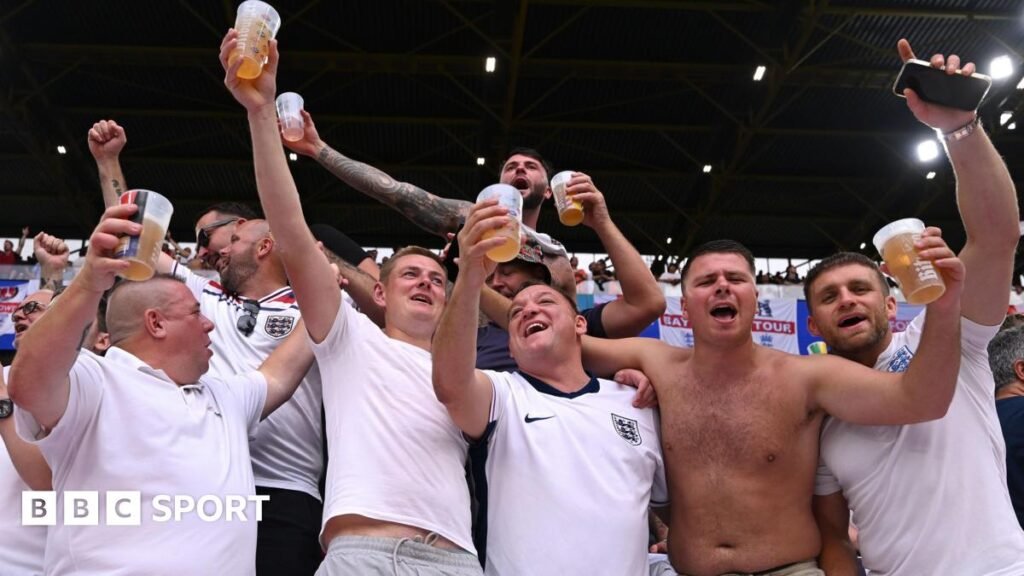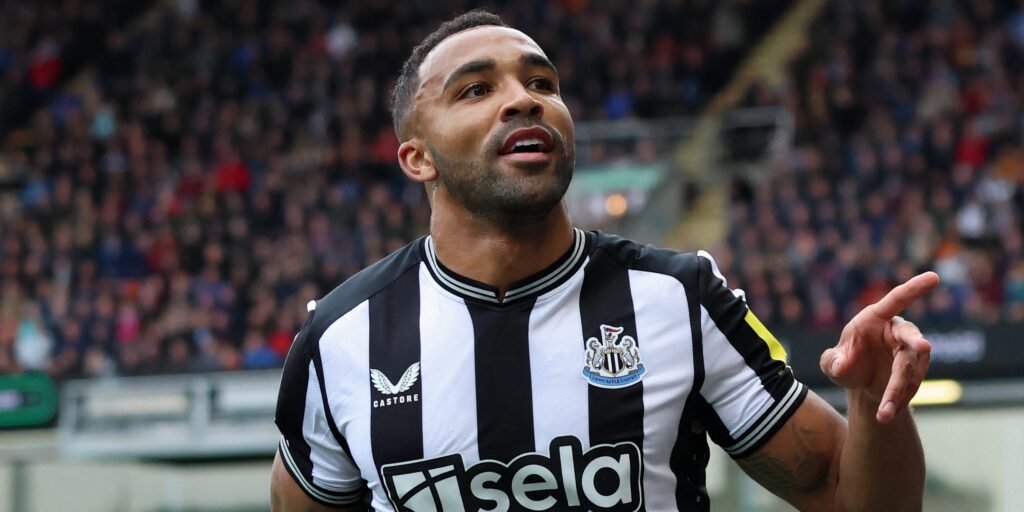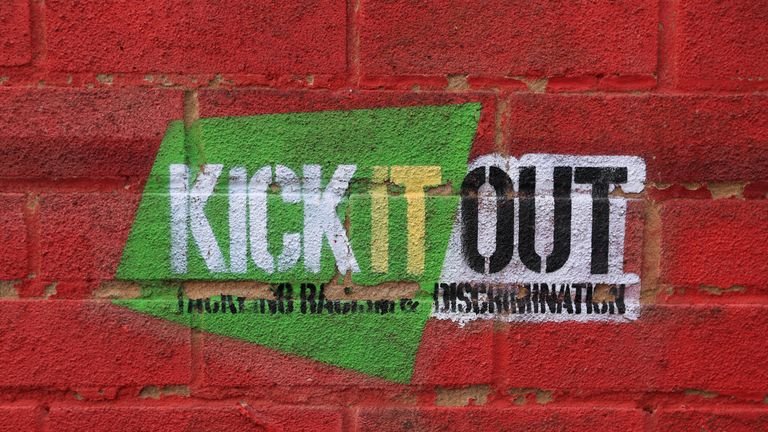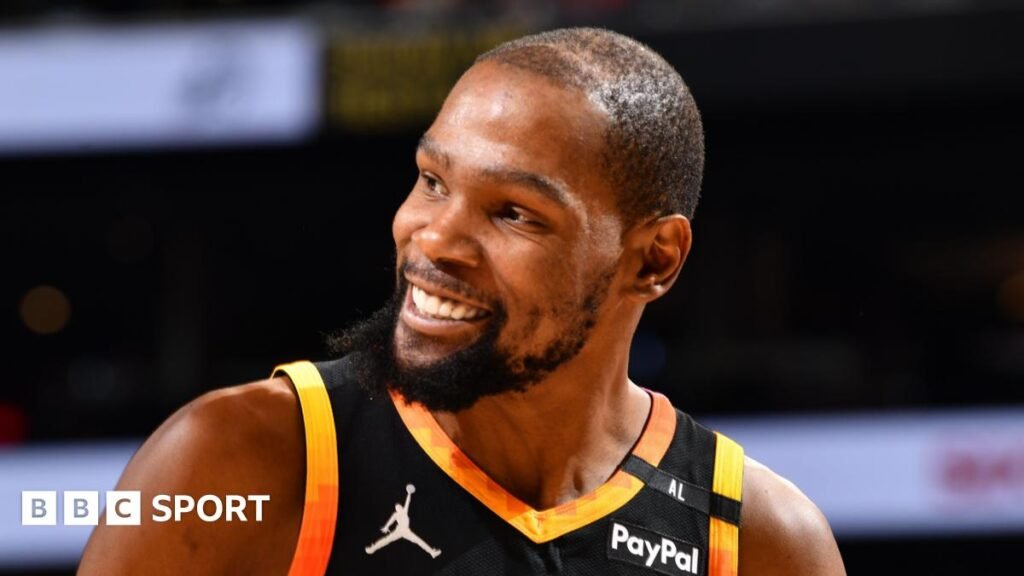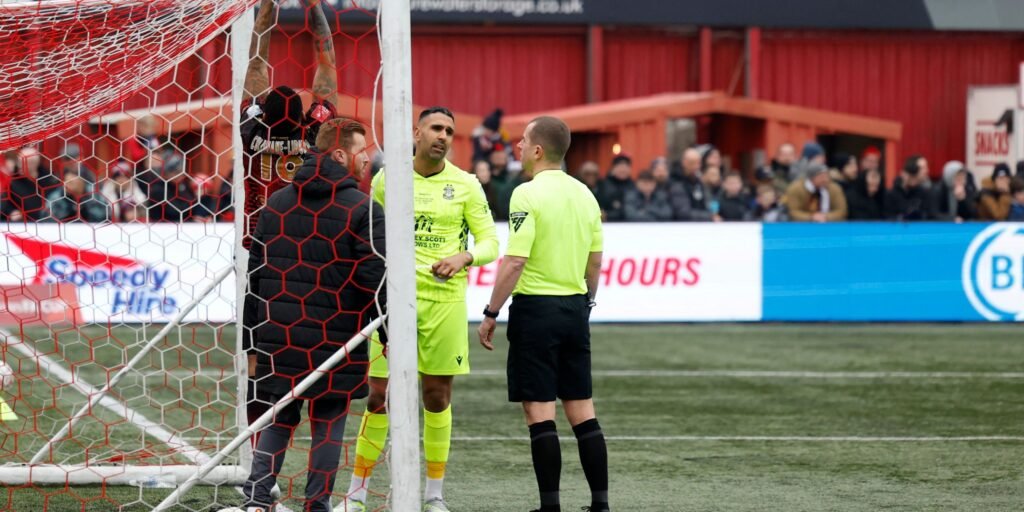-
Bill ConnellyFeb 12, 2025, 03:21 PM
Close- Bill Connelly is a writer for ESPN. He covers college football, soccer and tennis. He has been at ESPN since 2019.
As it approaches its 30th season, one could say MLS is hitting its marks. After a bumpy first decade, it has lost only one franchise (Chivas USA) in the past 20-plus years, and it enjoyed record attendance and rising sponsorship revenue in 2024. Attendance has jumped 10% since the coup of bringing Lionel Messi into the Inter Miami orbit two years ago.
MLS boasts 30 clubs, and at least 20 averaged attendance of at least 90% of listed capacity last season. Granted, going almost entirely under the Apple TV umbrella in 2023 was a major risk in terms of its place in the bigger zeitgeist, and poor MLS Cup television ratings over the past couple of years tell us it has come with some downside. (Frustrating some of your biggest stars with a confusing and ever-changing playoff format probably isn’t the greatest thing in the world either.)
That said, if fans are coming to your games, your attempts at parity have produced eight different champions in eight years and your clubs’ valuations are strong, then your league is probably accomplishing a lot of what it aims to accomplish.
But is the league any good? And how good can it be? Those questions remain forever tricky to answer, but three decades in, they’re also forever worth discussing.
If you squint just right, you could say MLS is the 10th-best (or so) league in the world
If we’re asking whether MLS is one of the best leagues in the world, the answer is, and will remain, an obvious no. Soccer got a late start in the United States, and just as a professional American football league in England could never catch the NFL, MLS is never catching the Premier League or other top leagues in Europe.
Based on the player valuations at Transfermarkt, the Premier League’s collective roster is worth approximately 10 times more than Major League Soccer’s, even with MLS featuring 50% more teams and players. The Premier League’s top 11 players are worth about €1.3 billion; the entire roster of MLS is worth about €1.2bn. MLS lags far behind the other major leagues — LaLiga (about 4.3 times more valuable), Serie A (4.1) and Bundesliga (3.7) — as well. Even England’s second division, the English Championship, has a roster about 1.4 times more valuable despite fewer teams.
That’s never going to be a fair fight. But even if the drop-off from the top is stark, you could still make the case that MLS is a top-10 league right now. Its €1.2bn in player value comes in only slightly behind that of Portugal‘s ever-fertile Primeira Liga (€1.6bn), Brazil‘s Serie A (€1.6bn) and the Netherlands‘ Eredivisie (€1.3bn) and ahead of the heavy-spending Saudi Pro League (€1bn), and while it again has a volume advantage over nearly any league in the world, the league’s high end is still pretty valuable.
If we shift from theoretical player value to actual team quality, signs are encouraging as well. Obviously, attempting to place all of the world’s soccer clubs into a single list of rankings is going to be a fraught proposition, but Opta’s power ratings give us at least a hint as to where MLS’ franchises stand.
2:32
Why Gomez has concerns for Inter Miami ahead of the new MLS season
Herculez Gomez explains why he has concerns about the availability of Inter Miami’s stars.
Now, it must first be acknowledged that the league’s bad teams are bad. As of Tuesday, the San Jose Earthquakes ranked 616th in the world, four spots behind Sportivo Ameliano, a midtable team in Paraguay‘s top division. Two other teams ranked in the 500s (No. 566 Toronto and No. 569 Chicago Fire), and another ranked in the 400s (No. 413 New England). When you’ve got a ton of teams, some of them are just going to stink even when you incorporate drafts, spending caps and other parity measures.
The league’s good teams, however, are awfully good at this point. Here are MLS’ top 10 teams per Opta, along with a nearby team from one of Europe’s Big Five leagues:
· 61. Columbus Crew (Girona, currently eighth in LaLiga, are 62nd)
· 86. LAFC (Sevilla, 13th in LaLiga, are 87th)
· 95. Inter Miami (Mallorca, 10th in LaLiga, are 96th)
· 97. LA Galaxy (Werder Bremen, 10th in the Bundesliga, are 98th)
· 118. Seattle Sounders (Deportivo Alaves, 19th in LaLiga, are 119th)
· 123. Orlando City (Lecce, 14th in Serie A, are 125th)
· 130. Houston Dynamo (Cagliari, 13th in Serie A, are 129th)
· 151. New York Red Bulls (Espanyol, 16th in LaLiga, are 150th)
· 162. FC Cincinnati (Union Berlin, 13th in the Bundesliga, are 156th)
· 164. Philadelphia Union (Venezia, 19th in Serie A, are 172nd)
So, of MLS’ top 10 teams on paper, only a couple would be fearing relegation in one of the four best leagues in Europe. The best team of the bunch might be good enough to eke out a Conference League berth from LaLiga. That isn’t spectacular by any means, but it’s not bad.
If we look at the average quality of the entire league, MLS is obviously going to suffer because of its enormity. But if we look at the average Opta rating of just its top five teams, MLS is, however narrowly, a top-10 league.
Average Opta ratings for leagues’ five best teams
· 1. Premier League: 96.3
· 2. Serie A: 94.4
· 3. LaLiga: 93.6
· 4. Bundesliga: 90.6
· 5. Ligue 1: 90.5
· 6. Primeira Liga: 88.2
· 7. Eredivisie: 87.3
· 8. Brazilian Serie A: 86.6
· 9. Belgian Jupiler Pro League: 85.3
· 10. MLS: 84.3
· 11. English Championship: 83.0
· 12. Saudi League: 82.5
· 13. Greek Super League: 82.4
· 14. Turkish Super Lig: 82.0
· 15. Czech Liga: 81.7
· 16. Liga Profesional: 81.6
· 17. Liga MX: 81.1
· 18. Serie B: 80.2
· 19. Norway Eliteserien: 80.2
· 20. Austrian Bundesliga: 79.8
Considering that parity measures have prevented what might be some of the more free-spending clubs in the league from spending as freely as they’d want — and have therefore kept the top teams from separating from the pack quite as much — this is a pretty good place to be. And while the Seattle Sounders got an almost impossible draw in the coming summer’s FIFA Club World Cup (they landed in Group B with Paris Saint-Germain, Atletico Madrid and Botafogo), if Opta ratings are to be believed, Inter Miami might have a shot at advancing with a top-two finish in Group A (alongside Palmeiras, Porto and Al Ahly).
Among the 32 Club World Cup teams, Miami ranks 16th per Opta, and Seattle is 19th. Elite? No. Respectable for a league that got such a late start? Certainly.
MLS has almost certainly passed Liga MX, as well
1:43
Has MLS or Liga MX had a better transfer window?
Herculez Gomez examines the transfer window transactions for Liga MX and Major League Soccer..
The Leagues Cup, which pits MLS teams against Mexican Liga MX teams each summer, is a messy competition. Like the MLS playoffs, its recent format felt ungainly and overthought, and the fact that it has been held on American soil during Liga MX’s summer break has offered obvious advantages for MLS squads.
Still, MLS has dominated this expanded competition. It earned 12 of 16 combined quarterfinal spots in 2023 and 2024, plus seven of eight semifinal spots and all four finalists. Liga MX teams have won the past two CONCACAF Champions Cup titles — Pachuca thumped Columbus at home in last year’s final, and Leon topped LAFC the year before — but success in the Leagues Cup has helped MLS earn 10 of 27 spots in this year’s Champions Cup field. (Liga MX has five.)
It has also reinforced the advantage MLS seems to have established on paper.
Transfermarkt player values drastically favor MLS as a whole, and Leagues Cup success has helped to skew Opta’s power rankings in favor of MLS as well: If you were to list all MLS and Liga MX teams based on those rankings, MLS would have the top four and 10 of the top 11. Maybe Opta’s ratings have overreacted to MLS-friendly Leagues Cup results, and the separation isn’t that stark, but it’s difficult to find a measure that doesn’t favor MLS right now.
This soccer tastes like quality
There are a few different ways to measure quality, of course. I used player valuations and attempted predictive metrics above, but what about what our eyes (and advanced stats) tell us? If you turned on a random MLS match in 2025, would it look like quality soccer?
If we’re talking about how things look, or if we’re judging quality based on specific event data, we’re quickly skewing toward subjective value instead of objective value. But stylistic trends certainly suggest that gameplay in MLS is evolving similarly to that of the best leagues in the sport.
Using 13 seasons of StatsPerform event data, we can see that since 2012-13, soccer has become far less vertical in attack. (Our eyes can certainly spot that, too.) The direct speed — essentially, how quickly teams are advancing the ball up the pitch in a given sequence — of the average Premier League team has dropped by 31%, from 1.82 meters per second in 2012-13 to 1.26 in 2024-25.
In MLS, the shift has been almost identical: It has gone down 28%, from 1.84 in 2012 to 1.32 in 2024. That average places MLS directly in the middle of Europe’s four best leagues.
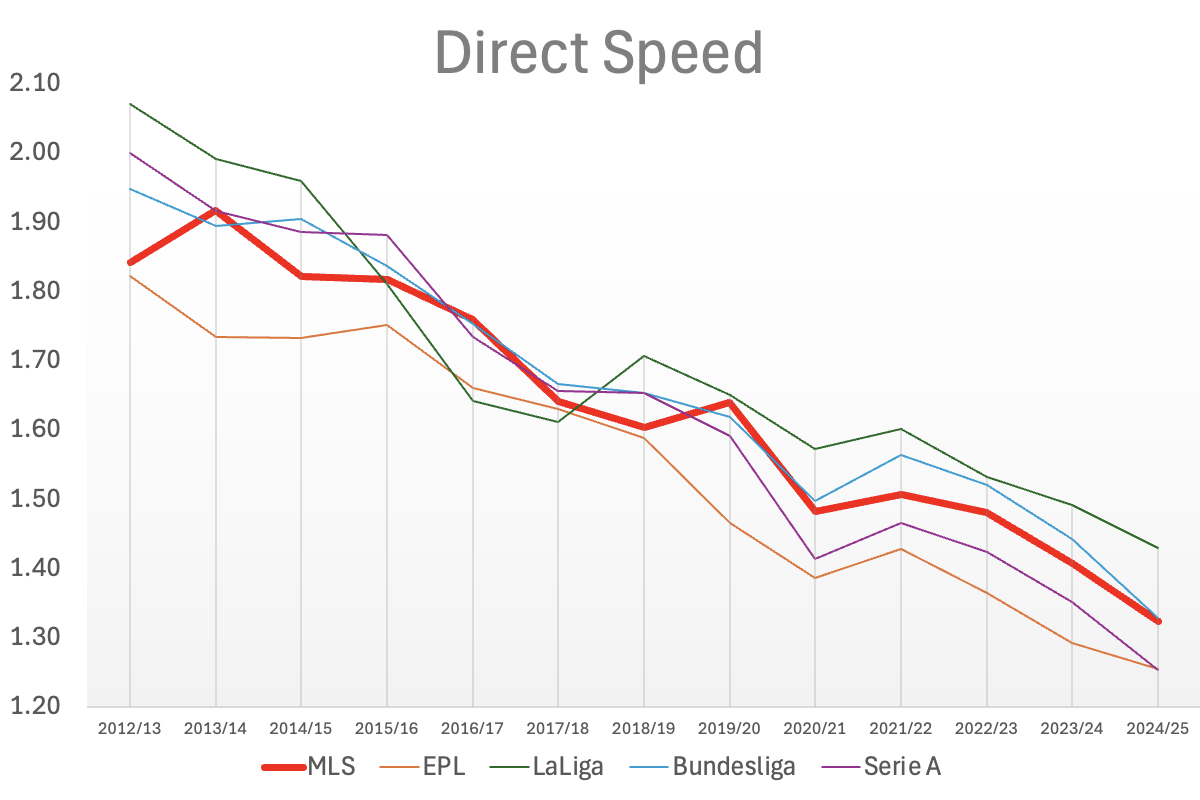
With the decrease in verticality has come a decrease in total possessions. We’ve all seen plenty of chaotic MLS matches in which both teams are playing aggressively and losing possession frequently, but (A) that chaos is just as frequent in other leagues, and (B) trends have pointed downward here, too. MLS teams averaged 98.6 possessions per game in 2012 and 87.1 in 2024, a decrease of 11.7%. The most chaotic major league, the Bundesliga, has seen a drop of 16.2%, from 106.5 to 89.3, in this span.
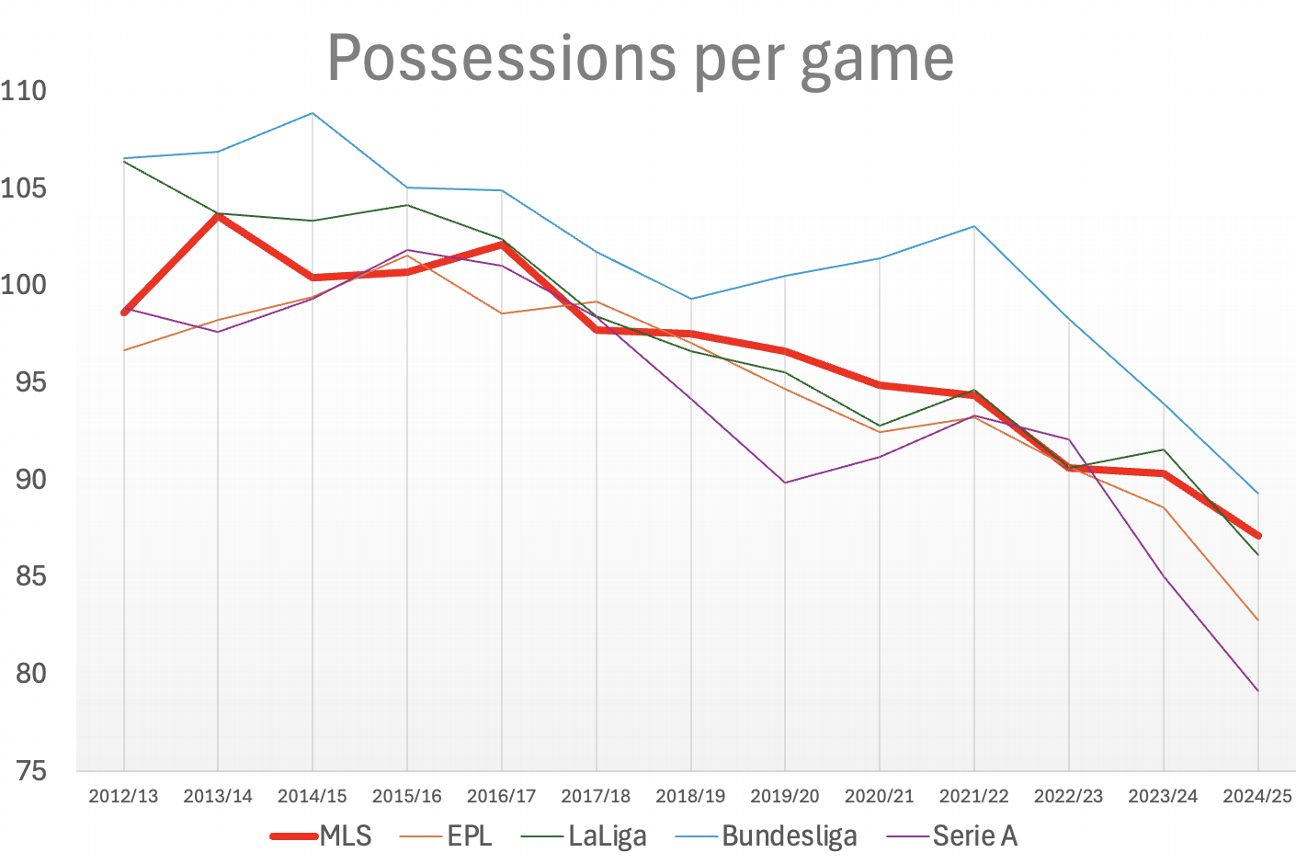
One of the most interesting recent trends in soccer is teams’ relationships with pressing.
In the mid-2010s, heavy pressure became de rigueur: In 2015-16, for instance, teams across Europe’s four biggest leagues allowed an average of just 10.5 passes per defensive action (PPDA), a common measure of defensive intensity. In the 2015 season, meanwhile, MLS teams allowed just 11.0, the lowest average in this 13-season sample. But as teams have better adapted to this trend — and as load management has become more of a factor for the sport’s biggest (and busiest) clubs — these numbers have crept upward. That has been the case in MLS as well.
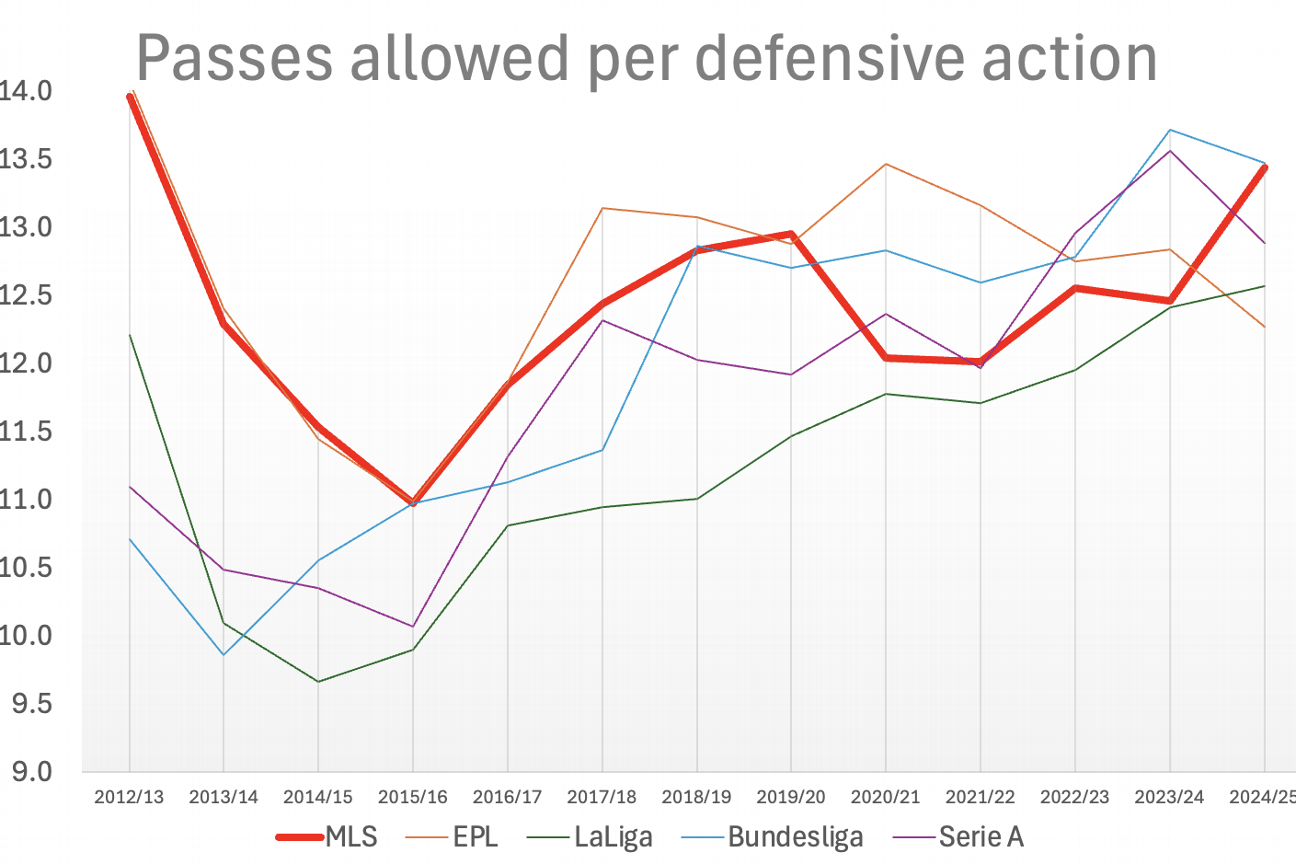
Another trend of the analytics era: higher-quality shots. With most clubs boasting a basic understanding of expected goal (xG) values, teams are settling for fewer long-range bombs and attempting a higher percentage of shots inside the defensive box. That has been true in Europe’s major leagues, and while MLS teams attempt lower percentages in the box on average, the trend has again been similar.
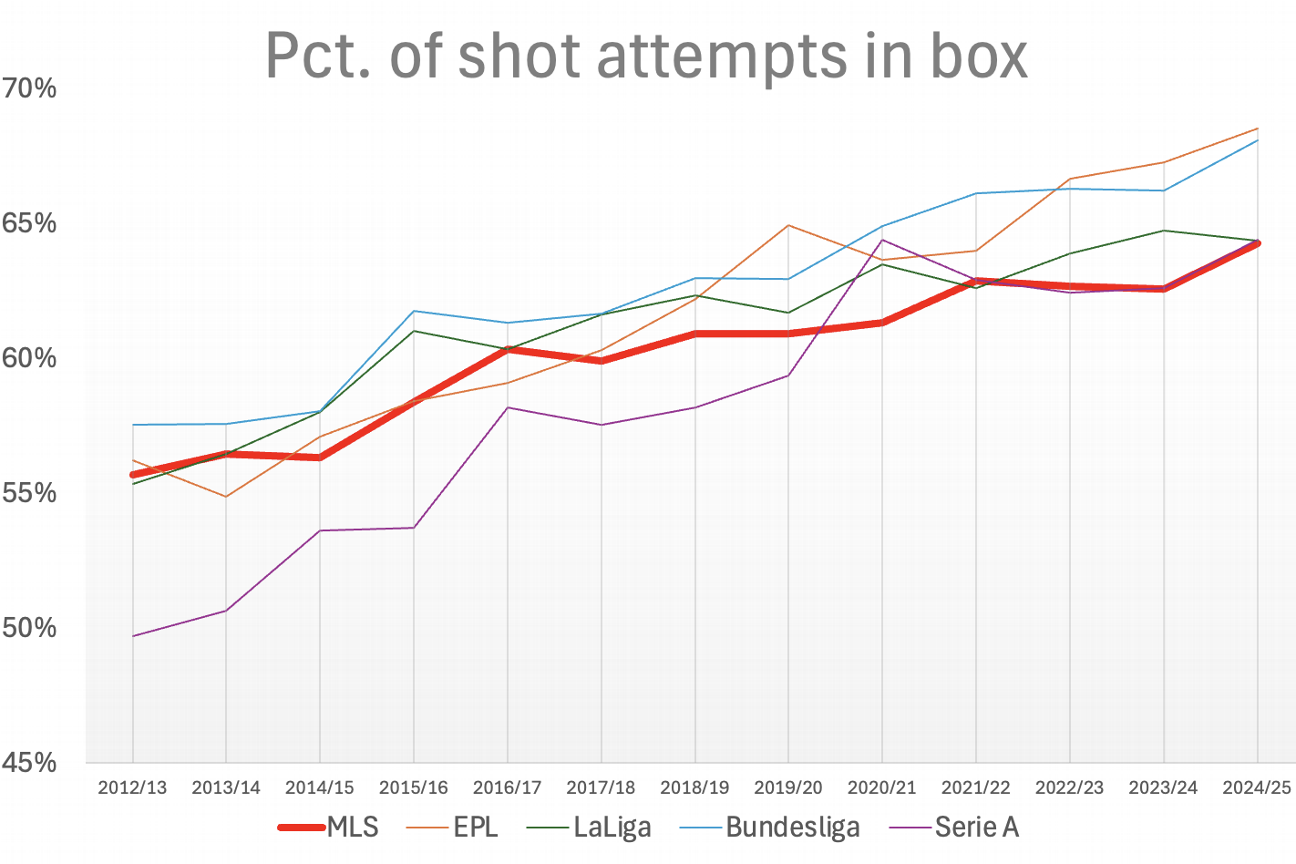
Within MLS, offensive sophistication has been rewarded. Lumping crosses into the box can sometimes be seen as a rather unsophisticated, last-ditch tactic — and, to these eyes, not particularly appealing aesthetically — but the best teams in MLS do very little of that. In 2012, MLS’ top five teams (in terms of overall points per game) averaged 20.0 cross attempts per game; in 2024, the top five averaged just 13.7, a 32% drop and far below what we still see in Europe’s best leagues.
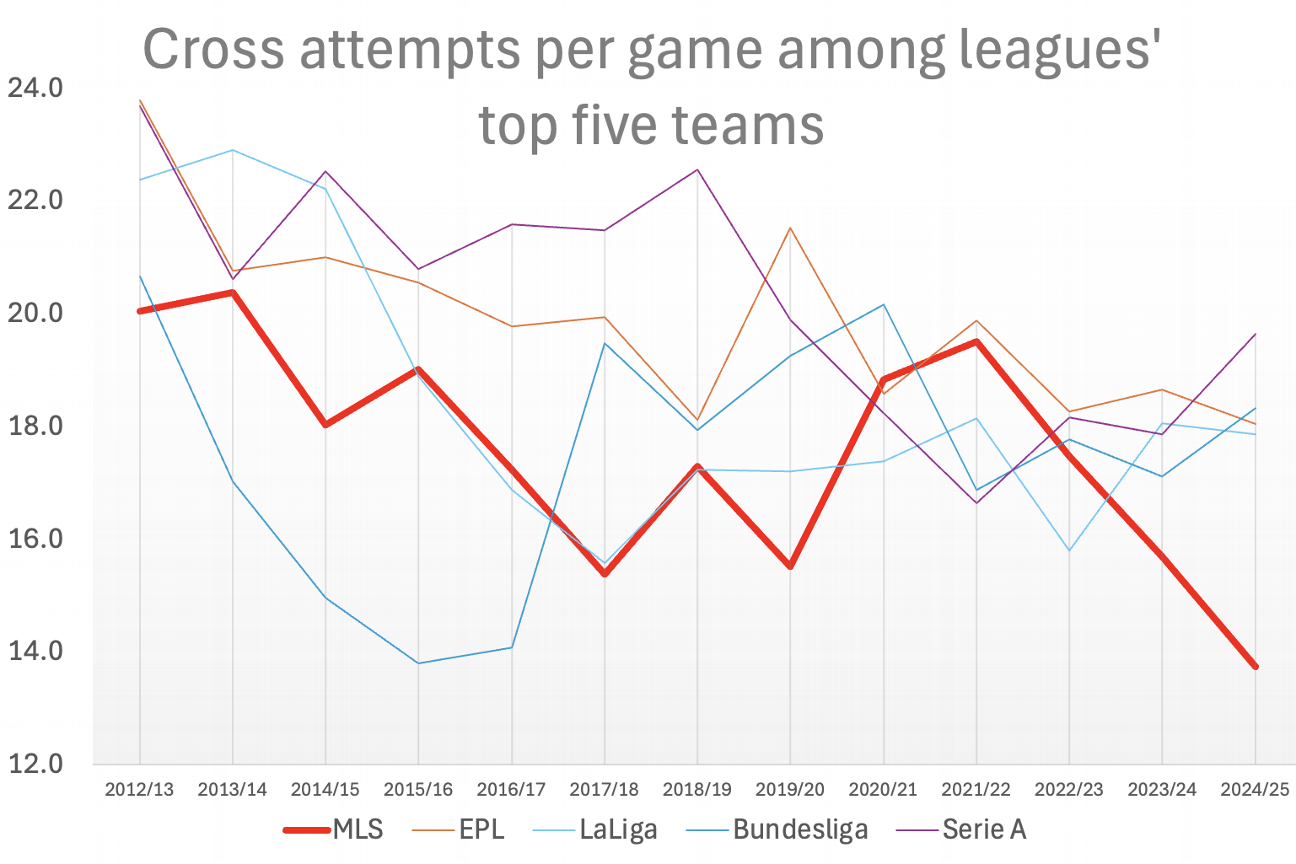
This sophistication is evident through buildup play, too. The best teams in MLS are more capable of disrupting opponents’ buildup play and creating opportunities from their own. MLS’ top five teams in 2012 averaged 1.1 buildup attacks per game — defined as “sequences with 10 or more passes that end in a shot or a box touch” — but its best teams in 2024 averaged 3.2, a nearly 200% increase and an average higher than what either LaLiga’s or Serie A’s best teams are averaging in 2024-25.
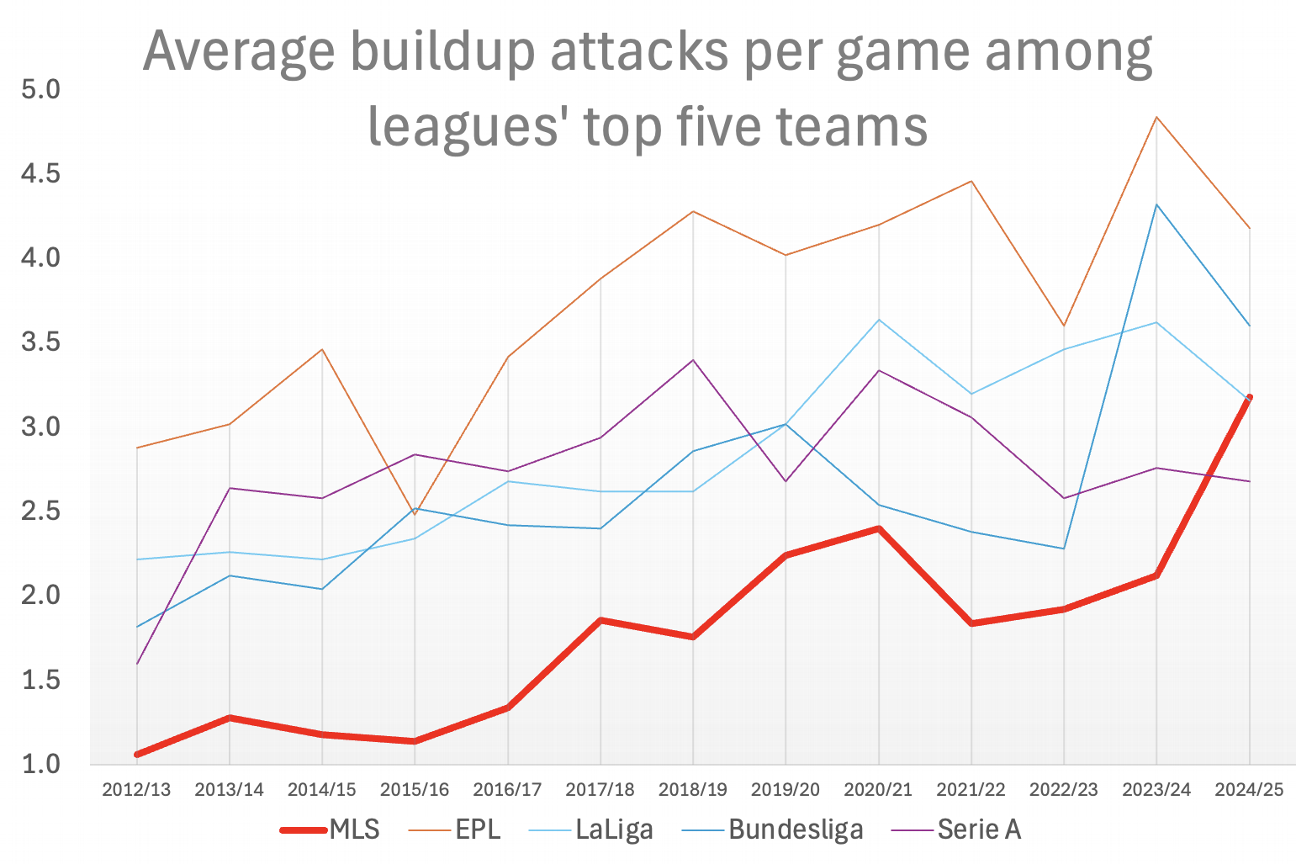
In all, MLS’ best teams simply seem to be getting better. This is true in a pretty visceral way when you see Messi doing Messi things, accompanied by some former Barcelona teammates at Inter Miami. But other top teams, such as Columbus and both Los Angeles clubs, have crafted their own recipes for quality. And in 2024, the top of the league separated itself from the bottom like never before.
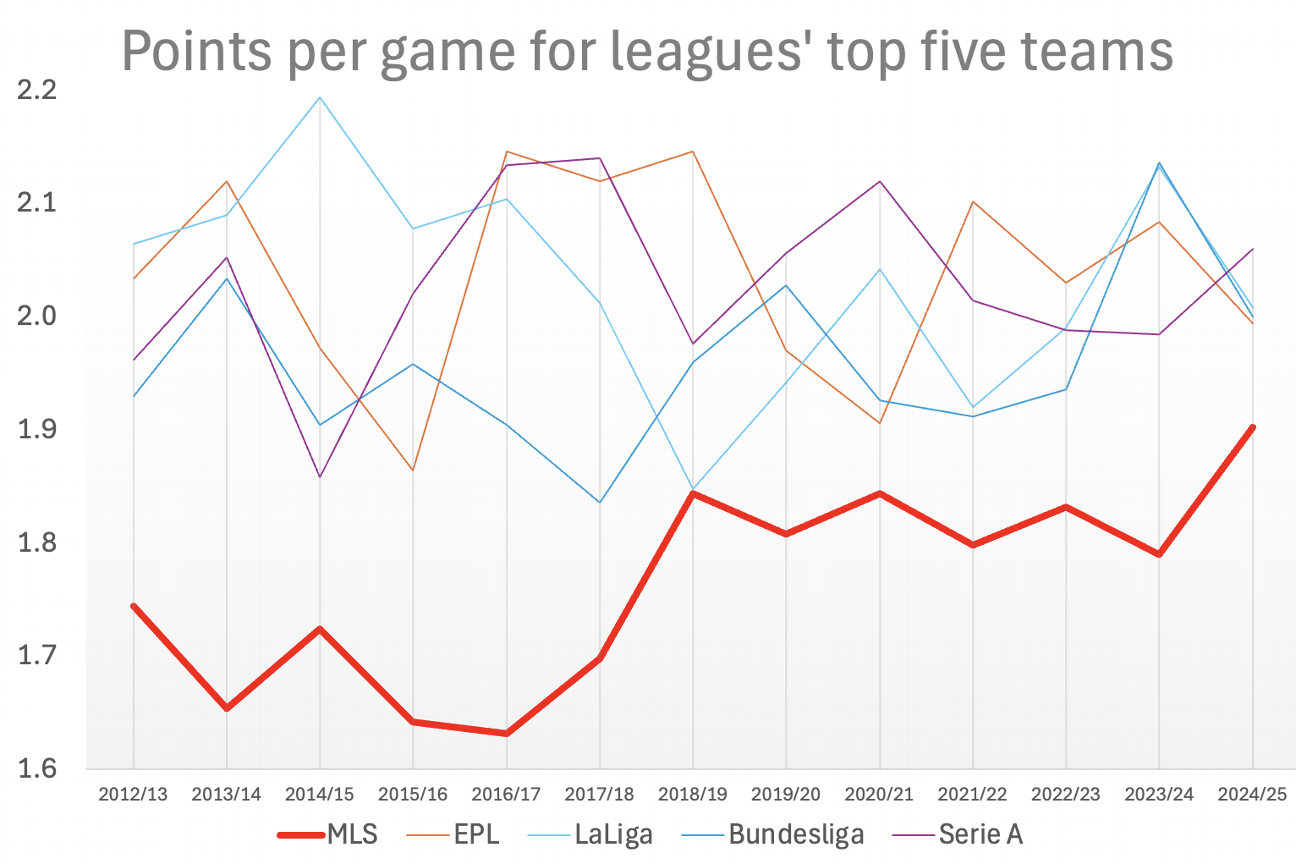
In 2016, the top five teams in the overall MLS standings (FC Dallas, Colorado Rapids, New York Red Bulls, NYCFC and Toronto FC) averaged just 1.66 points per game — basically what seventh-place Bournemouth is averaging in the Premier League this season. MLS has encouraged capped spending and parity, and it certainly has achieved that.
In 2024, however, the top five teams (Inter Miami, Columbus, LAFC, LA Galaxy and Real Salt Lake) averaged 1.92 points per game, a pace just below what second-place Arsenal are averaging in the Premier League. Look only at the top four, and that average jumps to 1.97.
Whether we should or not, we often judge a league by the quality of its very best teams, and in this regard, you could say MLS’ quality has trended in a nice direction. This isn’t to say that it’s catching up to Europe’s best leagues, but if your gameplay looks like that of a top league, and your best teams are growing more sophisticated and attractive, and fans are showing up in record numbers, there’s a lot to like about how your league is trending.
Comparisons are hard when you’re playing a different game
Of course, no matter how good the best teams in MLS might have been last season, the ever-changing playoffs remain a chaos generator. The league’s two best teams in the table lost in Round 1 of the MLS playoffs — Inter Miami fell in a best-of-three series to Atlanta United, while Columbus lost to the finals-bound New York Red Bulls — while the third-best team lost in the conference semifinals. In the end, the fourth-best team (LA Galaxy) beat the 16th best (NYRB) in an MLS Cup that fewer than half a million people watched on television.
Playoffs are a very American thing, and pretty much any season in any American league would feel incomplete without one. That alone opens the door for chaos and, as with other professional sports, we see it constantly in MLS. After averaging just 1.38 points per game in the regular season, slightly less than what 10th-place Brighton are currently averaging in the Premier League, the New York Red Bulls ended the year as league runners-up. And while Inter Miami were still rewarded for their 2024 Supporters’ Shield victory by receiving the final spot in the FIFA Club World Cup, the Galaxy won the league with 10 fewer points.
On one hand, so be it: out-of-nowhere playoff runs can be a lot of fun. But it can’t help that the MLS playoff format is constantly changing and somehow makes less sense after every change. In 2024, after a wild-card round to cut the playoff teams from 18 to 16, the round of 16 featured a best-of-three format that included shootouts at the end of 90-minute draws. The Vancouver Whitecaps outscored LAFC by a cumulative 4-2 after two legs but had to play a third match and lost. Orlando City and New York City FC each had to win third matches after outscoring opponents over two legs.
To flip from this very un-soccerlike format to a single elimination format for the final three legs is just unnecessarily strange. Even a league that takes pride in doing things differently would probably benefit from a more stable format — two-legged home-and-away ties all the way through until a single-legged final, for instance.
The playoffs and year-end chaos, however, hint at why it’s hard to judge MLS at all. If it wanted to be judged as a better and better league, it would ensure that its best teams get better and more successful: better teams would have more must-watch star power and perform better in interleague competitions, right? And it would ensure a league and title format that aligns with what virtually everyone else in the soccer universe does. (Virtually everyone else has a promotion-and-relegation system, too, of course.)
But it doesn’t have to do this.
Major League Soccer is approaching its 30th birthday, and it has gotten here without playing the same game everyone else does. And while hurdles pop up constantly, it seems pretty happy playing its own game, focusing on league success over team success and showing a constant willingness to experiment.
As our own Ryan O’Hanlon put it a while back:
“It’s still an incredibly flawed competitive product, but it’s way less likely to fall apart, and the closed-loop structure incentivizes the league to experiment in ways you’d never see in Europe. … Nearly 30 years into its existence, MLS still isn’t close to being competitive with Europe’s top leagues, but maybe that’s the point. For MLS to eventually be competitive with Europe in 10 or 15 or 20 years, its best bet might be to not try to compete at all.”
It’s definitely its own weird animal, but the evolution is undeniable.


